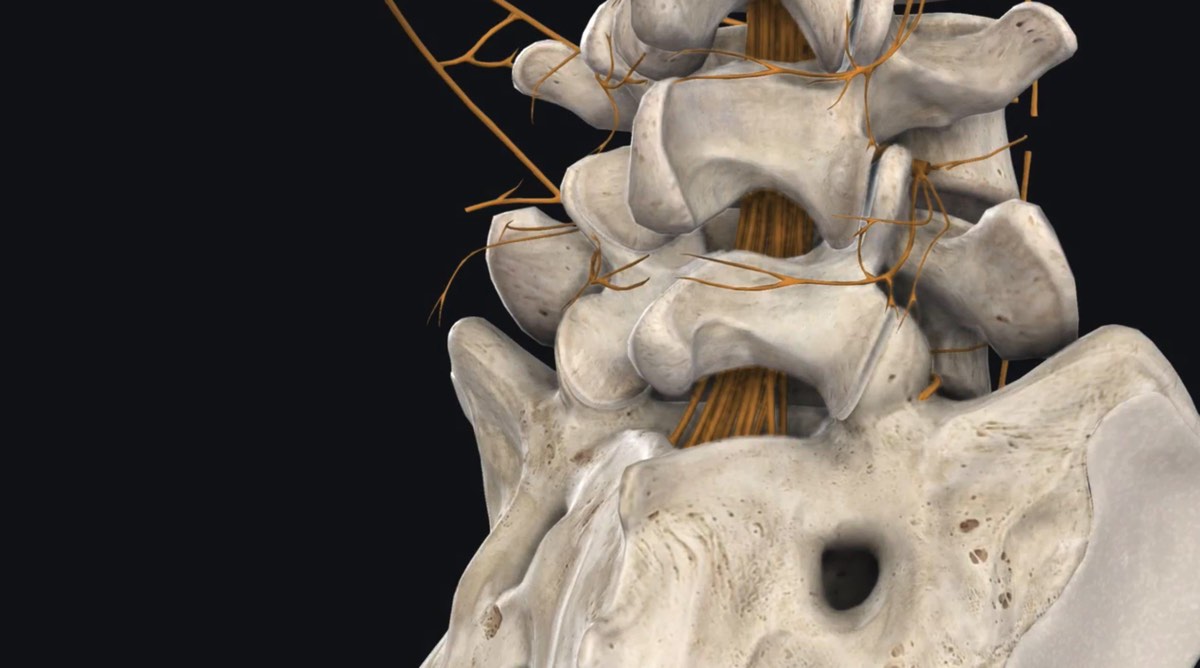Chlorhexidine-alcohol tops povidone-iodine for surgical site antisepsis
Reuters Health • The Doctor's Channel Daily Newscast
“No published randomized studies have examined the effect of one antiseptic preparation as compared with another on the incidence of surgical-site infection,” Dr. Rabih O. Darouiche, from Baylor College of Medicine, Houston, and colleagues note. Moreover, the Centers for Disease Control and Prevention have not recommended one agent over another for preventing such infections.
In the current study, the authors assessed 30-day surgical-site infection rates in patients who were randomized to receive preoperative skin preparation with chlorhexidine-alcohol scrub or povidone-iodine scrub and paint. The intention-to-treat analysis featured 849 subjects, while the per-protocol analysis included 813 patients who remained in the study throughout the 30-day follow-up period.
On the intention-to-treat analysis, the overall surgical site infection rate was significantly lower in the chlorhexidine-alcohol group than in the povidone-iodine group: 9.5% vs. 16.1% (p = 0.004). Further analysis showed that this held true for superficial (4.2% vs. 8.6%, p = 0.008) and deep (1% vs. 3%, p = 0.05) incisional infections, but not for organ-space infections (4.4% vs. 4.5%). Similar findings were seen in the per-protocol analysis.
The authors estimate that 17 surgical patients would need to receive chlorhexidine-alcohol instead of povidone-iodine to prevent one case of surgical site infection.
In a second study published in the same issue, a separate group of researchers examined the impact of Staphylococcus aureus nasal carriage on the risk of surgical-site infection and then looked at how decolonization of nasal and extranasal sites affected the risk.
Of 6771 patients who were screened with a real-time PCR assay, 1251 tested positive for S. aureus nasal carriage. Of these patients, 808 underwent a surgical procedure and were randomized to receive mupirocin nasal ointment and chlorhexidine soap or placebo ointment and soap starting at hospital admission and continuing for 5 days.
The healthcare-associated S. aureus infection rate was significantly lower in the chlorhexidine-mupirocin group than in controls: 3.4% vs. 7.7% (RR, 0.42). Deep surgical site infections were the most common type and here the difference between the groups was particularly evident: 0.9% vs. 4.4% (RR, 0.21).
“The weight of evidence suggests that chlorhexidine-alcohol should replace povidone-iodine as the standard for preoperative surgical scrubs,” Dr. Richard P. Wenzel, from Commonwealth University, Richmond, comments in a related editorial.
As for intranasal mupirocin and chlorhexidine baths for carriers of S. aureus, he continues, these “could be reserved primarily for patients who are undergoing cardiac surgery, all patients receiving an implant, and all immunosuppressed surgical candidates.”
N Engl J Med 2010;362:9-17,18-26,75-77.









